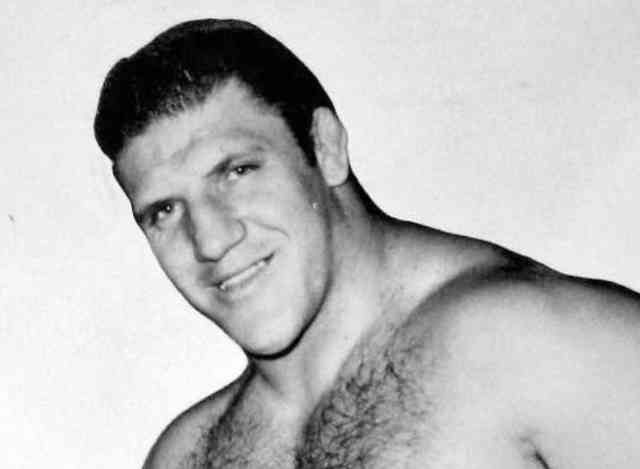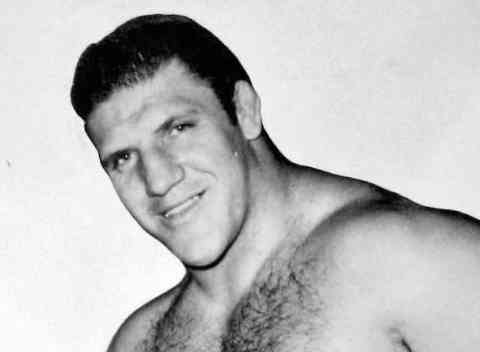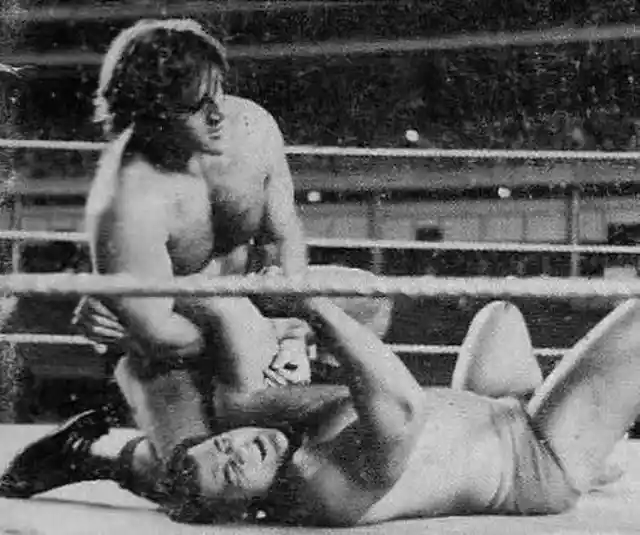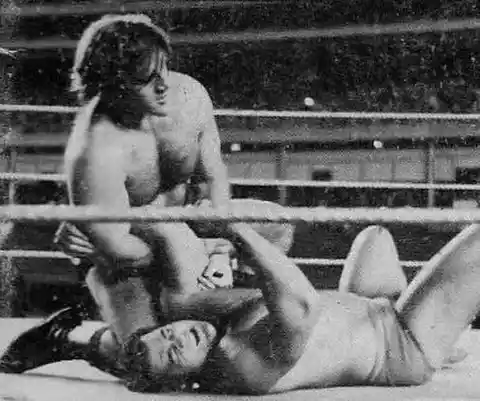Early Life
Which professional wrestler is the greatest of all time, AKA The GOAT? Your answer to this question is likely to be dependent on your age and the time period during which you fell in love with pro wrestling. For many, the GOAT is Hulk Hogan, case closed. For those with a little more attitude, the GOAT will always be Stone Cold Steve Austin (with a nod—or an eyebrow raise—to The Rock). The modern-day GOAT might be John Cena, which says just about everything you need to know about the state of the business over the last decade and a half, but that’s a topic for another day.
Predating all these wrestlers by decades, however, is a man who many consider to be the original GOAT. He was an Italian immigrant from Pizzoferrato, Italy, who was selling out arenas as the top star in the WWF—and in the entire wrestling world—when Hogan and his contemporaries were still in diapers.
That man was Bruno Sammartino.


Sammartino, like Andre the Giant, was born into a big family in Europe, millions of miles away from the professional wrestling heartland. Hiding from German soldiers with his mother and siblings in a mountain called Valla Rocca during WWII, Sammartino and the rest of his family joined his father—who had emigrated to Pittsburgh, PA, when Sammartino was just four—in the United States.
Emaciated from wartime rationing and originally speaking no English, Sammartino took on high school bullying by dedicating himself to weightlifting and wrestling. His genes took over from this point and Sammartino quickly became a weightlifting star. He almost placed on the 1956 US Olympic team and dispelled the disappointment of missing out by setting a bench press world record of 565 pounds. All it would take from there was Sammartino being spotted by wrestling promoter Rudy Miller for his legendary pro grappling career to begin.
Wrestling Career
After a successful start to his wrestling career in the territories, it was in 1963 that Sammartino was given the keys to the main event, the WWF. Nature Boy Buddy Rogers was the first champion of the promotion, but he was suffering from chest pains and had to be hospitalized three times in April of 1963. Not knowing the health of the champion, or if he could even work specific dates while recovering, the decision was made to hotshot the title to a new babyface star. Of the two options (the other was Antonio Rocca) the 28-year-old Sammartino had youth on his side.
He won the title from Rogers in a match that lasted just 48 seconds in a bid to put “The Italian Strongman” over in the most dominant way possible. Boasting an unbelievable finish for his compact five foot ten, 265-pound frame, Sammartino used the bearhug to hold the title for a stretch of seven years, eight months, and one day – or 2,803 days in old money – before losing to Ivan Kolov at Madison Square Garden in New York. The change was so out of nowhere that Sammartino would recall later that he thought he had ruptured his eardrums such was the shocked silence.
Sammartino regained the title for a further three years, four months, and twenty days—a total of 1,237 days this time—when he took down Stan Stasiak in December 1973. He would rule the company, this time taking a percentage of gates in addition to his other contracted earnings, until losing the belt in 1977 to Superstar Billy Graham.
Sammartino retired shortly after this loss and after a few other attempts to win back his title proved unsuccessful. Like any good wrestler, however, the retirement initially didn’t stick. Sammartino returned to the fed in 1984 and was a part of angles with the likes of Randy Savage, Roddy Piper, and Brutus Beefcake. Sammartino was clearly past his peak at this point, but the ability to work with his son David in tag team matches, combined with his star power and charisma, meant that Sammartino was as easy to root for as ever.


Post-Stardom Life
Sammartino’s life post-wrestling was something of a rollercoaster. The greatest title holder in the history of the company was an outspoken critic of how the WWF—and then WWE—went away from the ring work and skill of the grasp and into a world of steroids and edgy, storyline-driven content. That is why when the company was at its most popular in the late 90s, Sammartino was nowhere to be found, and his name was rarely mentioned. This is a big reason why the original GOAT is still not known as anything more than a name to multiple generations of fans who got into wrestling post-1988.
They do say to “never say never” in the WWE. Vince McMahon may be one of the greatest ever at holding a grudge, but there is usually an olive branch (especially if there is money to be made). Clearly the biggest single omission from the WWE Hall of Fame for decades, the Living Legend that was Sammartino finally accepted an offer to join the Hall in 2013. This was after declining the opportunity in years past because of how the company conducted business.
Putting Sammartino into the Hall was non-negotiable if the WWE Hall of Fame was to have any legitimacy. His record title reign of 2,803 days will simply never be broken. The same is true of his combined title reign length of 4,040 days. Wrestling isn’t booked the same way anymore and trying to imagine the WWE Championship around one waist for almost eight years is unfathomable. Sammartino was an inspiration to hundreds of thousands of people at his peak. He was a story of how anyone can go from humble beginnings to become the greatest wrestler and the biggest draw on the entire planet—and to do it the right way without politicking his way to the top.